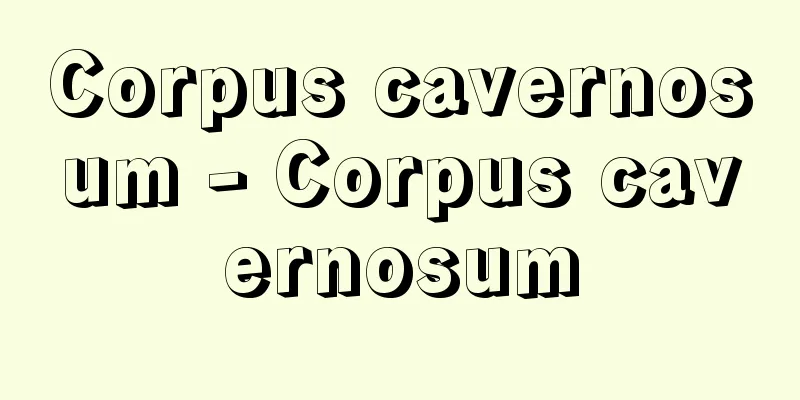Heika - Military

|
This refers to a group of military strategists and military scholars who were active in China from the Spring and Autumn Period and the Warring States Period to the Han Dynasty. This was a time of chaos where the strong preyed on the weak, so it was only natural that feudal lords, who were frantically expanding their territories under the pretext of enriching the country and strengthening the military, sought out excellent military experts. The emergence of military books that explain strategy and tactics was also a response to the demands of the times. Particularly famous military experts include Sun Wu of Wu during the Spring and Autumn Period, Da Sima Rong Ju of Qi, Sun Bin of Qi during the Warring States Period, Wu Qi (Wu Tzu) of Wei, Zhang Liang and Han Xin at the beginning of the Han Dynasty. Examples of military texts include "Sun Tzu," "Wu Tzu," "Sima Fa," "Wei Liao Tzu," "San Lue," and "Liu Tao." In the Song dynasty, during the Yuanfeng era, the "Seven Books of Military Classics" were compiled as a textbook for military training for military officers by adding "Li Weigong Wen Di" by Li Jing, a general at the beginning of the Tang dynasty, to the Six Books mentioned above, and came to be regarded as the scriptures of warriors. Of these, "Liu Tao," "San Lue," "Sun Tzu," and "Sima Fa" were introduced to Japan at an early stage, and their names are recorded in the "Catalogue of Books Found in Japan" by Fujiwara Sukeyo (?-898), a scholar of the early Heian period. [Masao Shinoda] “Oriental Thought 3: Military Thought” by Teruo Takeuchi (1967, University of Tokyo Press) ▽ “Osamu Kanaya et al., “Classical Chinese Literature 4: Laozi, Chuangzi, Liezi, Sunzi, Wuzi” (1974, Heibonsha)” Source: Shogakukan Encyclopedia Nipponica About Encyclopedia Nipponica Information | Legend |
|
中国の春秋・戦国時代から漢代にかけて活躍した兵法家、軍学者の一群をいう。この時代はまさに弱肉強食の乱世であったので、富国強兵策を掲げて領土拡張に狂奔していた諸侯が、優れた兵家を求めたのは当然の成り行きであった。また戦略戦術を説いた兵書の出現も、時代の要請によるものであった。兵家としては、春秋時代における呉(ご)の孫武(そんぶ)、斉(せい)の大司馬穣苴(しばじょうしょ)、戦国時代における斉の孫臏(そんびん)、魏(ぎ)の呉起(ごき)(呉子)、漢(かん)初の張良(ちょうりょう)、韓信(かんしん)などがとくに有名である。兵書では、『孫子(そんし)』『呉子(ごし)』『司馬法』『尉繚子(うつりょうし)』『三略』『六韜(りくとう)』などがあげられる。宋(そう)代に至って、元豊(げんぽう)年間に、武官の軍事教育用のテキストとして、上記の六書に唐初の将軍李靖(りせい)の『李衛公問対(りえいこうもんたい)』を加えて『武経(ぶけい)七書』が編まれ、武人の経典と目されるようになった。これらのうち『六韜』『三略』『孫子』『司馬法』は早くから日本にも渡来し、平安前期の学者藤原佐世(すけよ)(?―898)の『日本国見在(げんざい)書目録』にその名を記録されている。 [篠田雅雄] 『竹内照夫著『東洋思想3 兵家思想』(1967・東京大学出版会)』▽『金谷治他著『中国古典文学大系4 老子・荘子・列子・孫子・呉子』(1974・平凡社)』 出典 小学館 日本大百科全書(ニッポニカ)日本大百科全書(ニッポニカ)について 情報 | 凡例 |
Recommend
Honami [town] - Honami
An old town in Kaho District, central Fukuoka Pref...
Agulhas Negras [Mountain] - Agulhas Negras
…The state is divided into two parts by the coast...
Igune
...The main house was built behind the center of ...
toadflax
...Although it is originally a northern plant, it...
Mihail Sadoveanu
1880‐1961 Romania's greatest prose writer. Bor...
Linmo - Linmo
[noun] (suru) In calligraphy and painting, the act...
Casio Computer Co., Ltd.
An electronics manufacturer that deals in electron...
Gantt Chart
A "Gantt chart" is a table used for sche...
Enolate - Enolate
...Hydroxylamine produces the oxime RR'CNOH, ...
Bāb al‐Mandab Strait - Bāb al‐Mandab
A strait leading to the Gulf of Aden at the southe...
Tea ceremony utensils
Tools necessary for the tea ceremony. They are bro...
Kefuki grass - Kefuki grass
A book of etiquette for haiku (haikai), 5 books i...
Yoshizane So
Year of death: August 7, 15th year of the Genroku ...
Bengbu - Bengbu
A prefecture-level city in the northern part of A...
Angry Young Men
The term was derived from the play Look Back in An...









